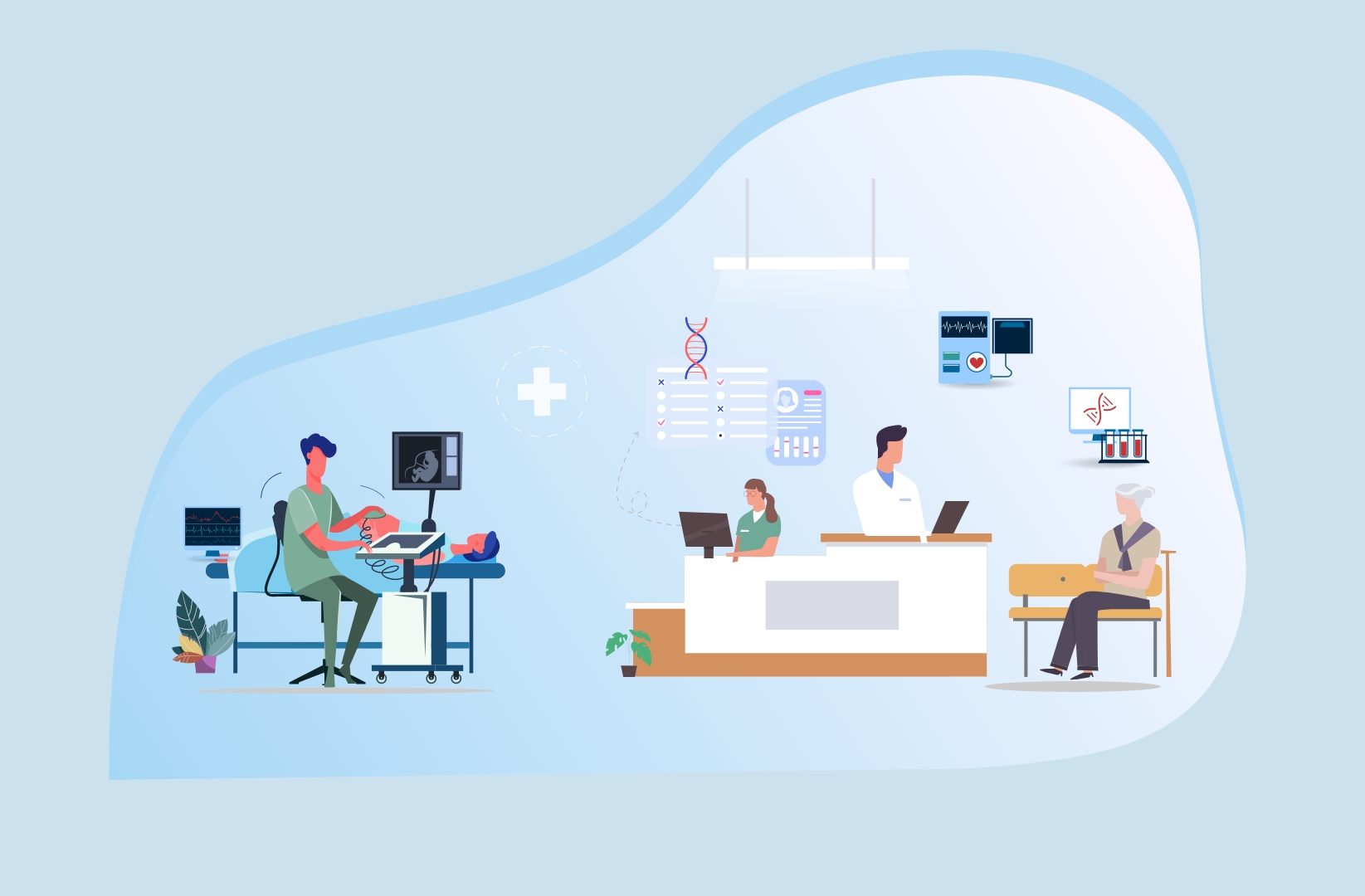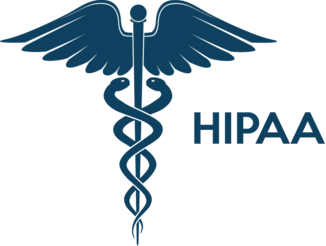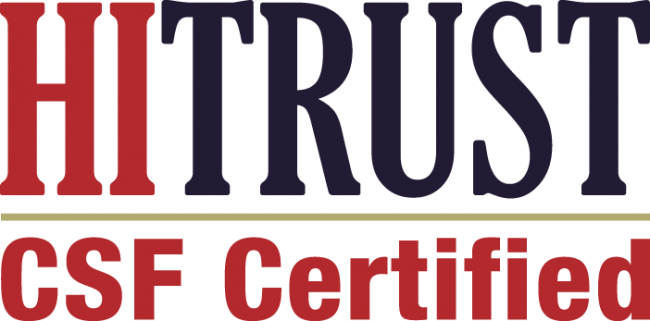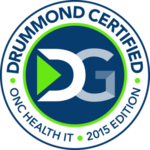The healthcare industry stands at a critical juncture. While electronic medical records (EMRs) revolutionized data storage and accessibility, they’ve also revealed significant gaps in comprehensive care delivery. As we navigate 2025, healthcare providers are discovering that EMRs alone aren’t sufficient to meet the complex demands of modern patient care, value-based healthcare models, and evolving regulatory requirements.
Enter HealthViewX – a comprehensive care orchestration platform that transcends traditional EMR limitations to create seamless, patient-centric care delivery systems. This isn’t just another healthcare software solution; it’s a strategic transformation partner that addresses the fundamental challenges plaguing today’s healthcare ecosystem.
The EMR Limitation Landscape: Understanding the Gaps
Market Growth Meets Operational Challenges
The EMR/EHR market continues its robust expansion, with revenues reaching $27.1 billion in 2023 and projected growth to $93 billion by 2035, at a CAGR of 8.6%. However, this impressive market growth masks underlying operational inefficiencies that healthcare organizations face daily.
Despite widespread EMR adoption, healthcare systems struggle with fragmented care delivery, poor care coordination, and limited patient engagement capabilities. The reality is stark: 1 in 5 adverse events are being attributed to inadequate health information exchange, highlighting the critical interoperability gaps that persist even with advanced EMR systems.
The Coordination Crisis
Traditional EMRs excel at documentation and data storage but fall short in orchestrating care across multiple touchpoints. Healthcare providers report challenges in:
- Care Continuity: Patients often experience disconnected interactions across different care settings, specialists, and service lines
- Communication Barriers: Limited bidirectional communication capabilities between providers and patients
- Care Gap Identification: Difficulty in proactively identifying and addressing care gaps before they become critical issues
- Population Health Management: Insufficient tools for managing patient populations at scale
- Value-Based Care Compliance: Struggling to meet CMS regulations and quality metrics required for value-based reimbursement models
HealthViewX: The Care Orchestration Revolution
Beyond Documentation to Orchestration
HealthViewX represents a paradigm shift from traditional EMR thinking to comprehensive care orchestration. The ultimate Value-based Care platform to engage and WOW patients at every step of their care journey, HealthViewX integrates seamlessly with existing EMR systems while adding layers of intelligence, automation, and patient engagement that EMRs simply cannot provide.
The platform’s approach is fundamentally different. Rather than replacing EMRs, HealthViewX enhances them by creating a unified ecosystem that connects all stakeholders in the care continuum – patients, providers, care teams, and health systems – through intelligent workflows and automated care pathways.
Core Capabilities That Bridge Critical Gaps
1. Unified Care Management
HealthViewX offers an opportunity to unify, simplify, and scale care management delivery, ensuring compliance and maximizing Medicare revenue potential. The platform consolidates multiple CMS care management programs into a single, cohesive workflow, eliminating the complexity and fragmentation that typically characterizes care management initiatives.
2. Intelligent Patient Engagement
Our smart integrated solution empowers providers to deliver 2-way conversational messaging at every digital touchpoint of the patient journey. This goes far beyond the basic patient portal functionality found in most EMRs, creating meaningful, contextual interactions that improve adherence and outcomes.
3. Comprehensive Digital Health Integration
Transform your care delivery and exponentially increase your patient engagement through a comprehensive, integrated digital healthcare ecosystem. HealthViewX creates a true digital health ecosystem that connects remote monitoring, patient engagement, care coordination, and population health management in ways that traditional EMRs cannot achieve.
Addressing Healthcare’s Most Pressing Challenges
Rural Healthcare Transformation
Rural healthcare faces unique challenges that EMRs alone cannot solve. The transformation of rural healthcare begins with taking the first step toward implementing remote patient monitoring. HealthViewX enables rural providers to extend their reach through sophisticated remote patient monitoring capabilities, ensuring that geographic barriers don’t compromise care quality.
Value-Based Care Success
The shift to value-based care models requires capabilities that extend far beyond traditional EMR functionality. For providers ready to lead in the 2025 healthcare landscape, HealthViewX is a strategic partner for sustainable profitability and patient-centric care. The platform provides the tools necessary to succeed in risk-based contracts, quality reporting, and patient outcome optimization.
Comprehensive Referral Management
One of the most significant gaps in EMR-based care delivery is effective referral management. HealthViewX Patient Referral Management Software Platform helps to manage the referral cycle, send & receive patient referrals securely & seamlessly. This capability is crucial for maintaining care continuity and ensuring patients receive appropriate specialist care when needed.
The Technology Integration Advantage
Seamless EMR Enhancement
HealthViewX doesn’t compete with EMRs; it enhances them. The platform integrates with existing EMR systems, pulling relevant data while adding intelligence and automation that EMRs lack. This approach:
- Preserves Existing Investments: Healthcare organizations don’t need to replace their current EMR systems
- Enhances Data Utility: Makes EMR data more actionable through intelligent analytics and automated workflows
- Improves User Experience: Provides intuitive interfaces that complement rather than complicate existing workflows
- Accelerates Implementation: Reduces the complexity and risk associated with major system replacements
Advanced Analytics and Intelligence
While EMRs provide retrospective reporting, HealthViewX delivers advanced data analytics and proactive care management. The platform uses advanced algorithms to:
- Identify patients at risk for adverse events
- Predict care gaps before they impact outcomes
- Optimize care pathways based on real-world evidence
- Automate routine care management tasks
- Provide actionable insights for population health management
Real-World Impact: Measurable Outcomes
Quality Improvement Metrics
Organizations implementing HealthViewX report significant improvements across key quality metrics:
- Reduced Readmission Rates: Through proactive post-discharge monitoring and engagement
- Improved Care Gap Closure: Automated identification and management of care gaps
- Enhanced Patient Satisfaction: Through improved communication and engagement
- Better Clinical Outcomes: Via coordinated care delivery and proactive intervention
Financial Performance Enhancement
Whether it’s helping providers comply with CMS regulations, scaling digital health programs, or reducing preventable hospitalizations, HealthViewX is powering the future of value-based care. The financial benefits include:
- Increased Revenue: Through improved quality scores and risk adjustment
- Reduced Costs: Via prevention of avoidable hospitalizations and emergency department visits
- Improved Efficiency: Through automated workflows and reduced administrative burden
- Enhanced Compliance: Meeting regulatory requirements with reduced compliance costs
The Future of Integrated Care Delivery
Preparing for Healthcare’s Digital Future
Healthcare organizations that want to thrive in the evolving landscape need solutions that extend beyond traditional EMR capabilities. HealthViewX provides:
- Scalability: The ability to grow and adapt with changing healthcare demands
- Flexibility: Customizable workflows that adapt to specific organizational needs
- Innovation: Continuous platform evolution to incorporate emerging technologies and best practices
- Strategic Partnership: Ongoing support and guidance for healthcare transformation initiatives
Implementation Strategy: Moving Beyond EMR Limitations
Assessment and Planning
Successful HealthViewX implementation begins with a comprehensive assessment of current care delivery gaps and future objectives. Organizations should:
- Identify Specific Pain Points: Document where current EMR systems fall short in care delivery
- Define Success Metrics: Establish clear, measurable goals for improvement
- Engage Stakeholders: Include clinicians, administrators, and IT professionals in planning
- Develop Timeline: Create realistic implementation milestones
Integration and Optimization
The platform’s strength lies in its ability to enhance rather than replace existing systems:
- EMR Integration: Seamless connectivity with current EMR systems
- Workflow Enhancement: Adding intelligence and automation to existing processes
- User Training: Comprehensive education to maximize platform utilization
- Continuous Improvement: Ongoing optimization based on performance metrics and user feedback
Conclusion: The Care Orchestration Imperative
The healthcare industry’s challenges extend far beyond what traditional EMRs can address. While EMRs solved the fundamental problem of digitizing health records, they’ve revealed new challenges in care coordination, patient engagement, and value-based care delivery.
HealthViewX represents the next evolution in healthcare technology – moving from documentation to orchestration, from reactive to proactive care, and from fragmented to integrated care delivery. We help health systems personalize care pathways for improved patient experience and outcomes.
As healthcare organizations navigate the complexities of 2025 and beyond, those that embrace comprehensive care orchestration platforms like HealthViewX will be better positioned to:
- Deliver superior patient outcomes
- Achieve financial sustainability in value-based care models
- Meet evolving regulatory requirements
- Provide exceptional patient experiences
- Build resilient, adaptable care delivery systems
The question isn’t whether healthcare will evolve beyond traditional EMR limitations – it’s whether your organization will lead or follow in this transformation. HealthViewX provides the platform, expertise, and partnership necessary to bridge the gaps in today’s care delivery systems and build the healthcare ecosystem of tomorrow.
The future of healthcare isn’t just about better records—it’s about better care. Better care requires solutions that orchestrate, engage, and optimize every aspect of the patient journey. HealthViewX delivers exactly that, making it an essential partner for healthcare organizations committed to excellence in care delivery.

